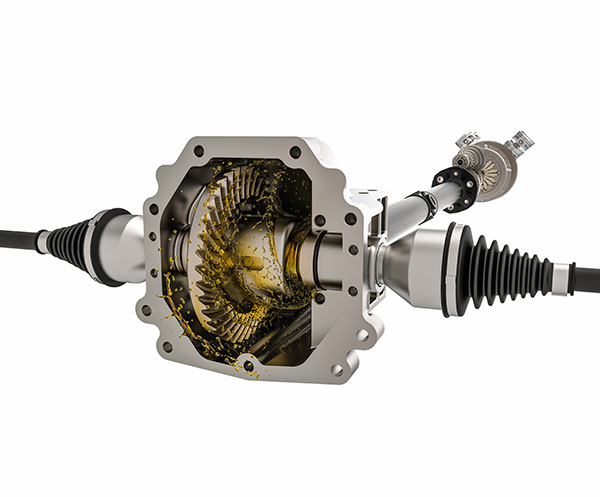
Have you ever wondered what makes your car navigate smoothly around corners without skidding or losing traction? Or how it distributes power evenly to the wheels, ensuring a stable and controlled ride? The answer lies in a component known as the differential.
Understanding the Differential
At first glance, the differential may seem like a simple gearbox, but its function is anything but ordinary. Essentially, the differential is a gear train that enables the wheels of a vehicle to rotate at different speeds while receiving power from the engine. This is particularly vital when navigating turns, as the outer wheel needs to travel more distance than the inner wheel.
How Does it Work?
Imagine yourself driving around a sharp corner. As you turn the steering wheel, the outer wheel has to cover a longer distance than the inner wheel. Without a differential, this speed difference would cause one of the wheels to slip or skid, resulting in loss of control. However, the differential allows the wheels to rotate at varying speeds while maintaining traction.
Internal Mechanism
You'll find a complex arrangement of gears and shafts inside the differential housing. The primary components include the ring gear, pinion gear, spider gears, and side gears. When torque is applied to the ring gear, it transfers power to the side gears through the spider gears, allowing them to rotate at different speeds.
Types of Differentials
Several types of differentials exist, each designed to suit different driving conditions and vehicle configurations. The most common types include open differentials, limited-slip differentials (LSD), and locking differentials.
Open Differentials
Open differentials are the simplest and most common type found in vehicles today. They distribute power evenly to both wheels but cannot transfer power effectively when one wheel loses traction. This can result in wheel spin and loss of control, particularly in slippery or uneven terrain.
Limited-Slip Differentials (LSD)
Limited-slip differentials address the shortcomings of open differentials by providing some degree of torque distribution to the wheel with more traction. LSDs use mechanisms such as clutch packs or viscous fluids to limit wheel spin and enhance traction, especially in high-performance or off-road vehicles.
Locking Differentials
Locking differentials take traction control to the next level by mechanically locking both wheels together, ensuring equal power distribution. This is particularly useful in extreme off-road conditions or when traversing challenging terrain where maximum traction is essential.
Don't let traction issues hold you back. Upgrade to high-performance differentials from Premier West Gears and confidently conquer any terrain. Drive smoother, safer, and with maximum control – visit us now!